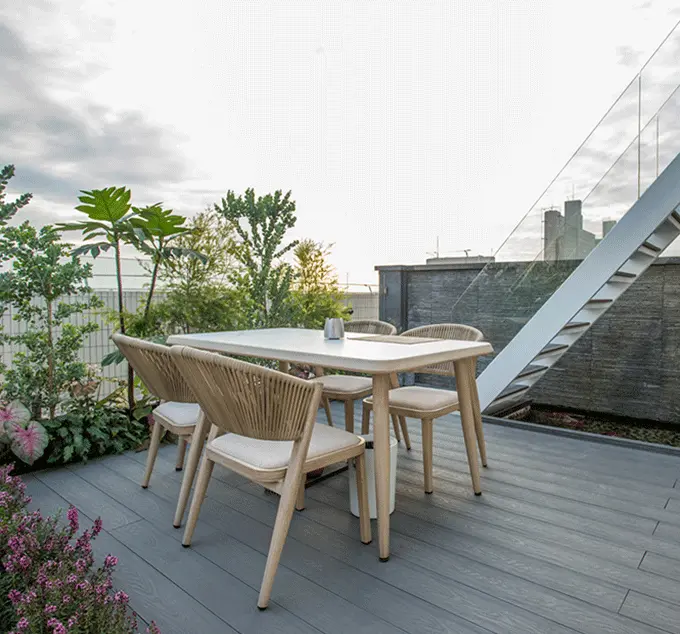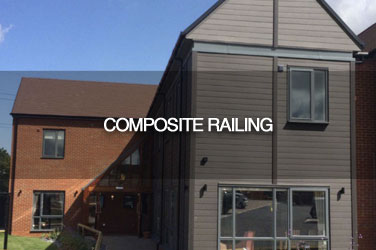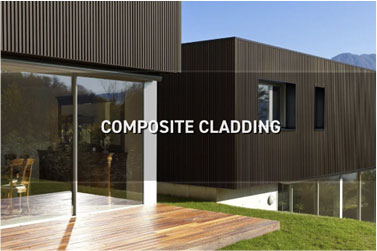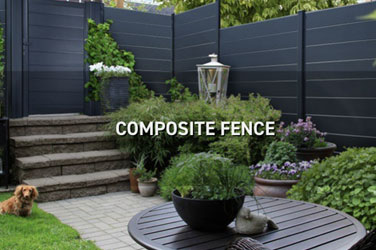Introduction to WPC Timber Decking Edging
With the development of WPC products, their design has become more diverse. In addition to the common straight-edging, beveled edges, C type, L type, and other more practical edging methods have also emerged. How to edge? When the exposed WPC timber decking end color is different from the surface, if you are laying hollow WPC timber decking, the end of the WPC timber decking will also reveal the internal hollow structure, affecting the overall aesthetic effect.
Edging is a common processing method for treating the edges of WPC boards. It uses WPC strips, metal strips, PVC strips, or ABS strips and other strip-like edging materials. After perforating and fixing, these strips are pressed and attached to the edges of the WPC, sealing all around and providing environmental protection, beautification, and moisture-proof effects.
If your flooring is laid on a flat surface, you can use the same flooring material to lay a layer of edging along the perimeter. This covers the side rather than the end of the flooring, forming a natural overlay to cover the cut ends.
However, if laid on uneven surfaces, you can choose edging-specific decorative panels. These decorative panels are made of the same WPC material, offering the same durability and color appearance. You simply need to fix them on the edges with screws.
Uses of WPC Timber Decking Edging
Decorative Function
If WPC is not edged, the visual effect after installation will be greatly diminished compared to the effect diagram. Especially with the exposed section, the project's grade would instantly drop.
Protection Function
If the WPC material's cross-section is exposed, many fine textures will also become apparent, easily hiding dirt. When damp and water-absorbed, it not only looks unattractive but also directly affects the product's lifespan.
WPC Timber Decking Edging Materials
Using WPC thin boards for edging: This type of edging is relatively monotonous and requires high flatness for WPC timber decking installation.
Using WPC right angles for edging: This type of edging is currently one of the most widely used edging materials, providing good installation results and a stronger overall look.
Using metal right-angle edging: Compared to the above two edging methods, metal edging is sturdier and more durable. The texture of the metal can highlight the high-end and elegant characteristics of WPC timber decking.
WPC timber decking edging treatment, though a small step in the overall installation work, affects the overall presentation effect due to its diversity. The straight-line edging operation is relatively simple and is the most commonly used edging technique for WPC, suitable for most WPC edge treatments.
In addition to the above edging treatments, you can also consider using crushed stone or pebbles for edging treatment. The natural source of crushed stone is also very well-suited for application here.







